Down Payments and Deposits in Ontario Real Estate
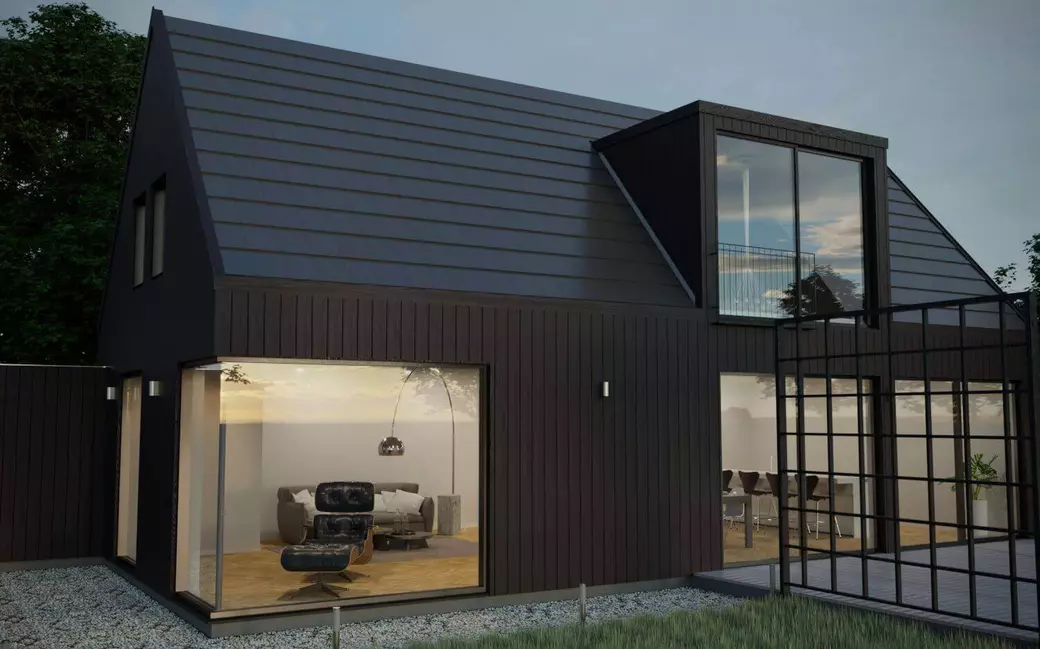
Introduction
When considering entering real estate in Ontario, understanding the intricacies of down payments is an important consideration for prospective homeowners. This blog post will explore what down payments are, the impact property value has on them, the distinction between a down payment and a deposit, and their impact on your mortgage. We’ll also touch on the basics of managing your money to save for a down payment and the importance of having these funds available (liquid) before offering and closing on your purchase.
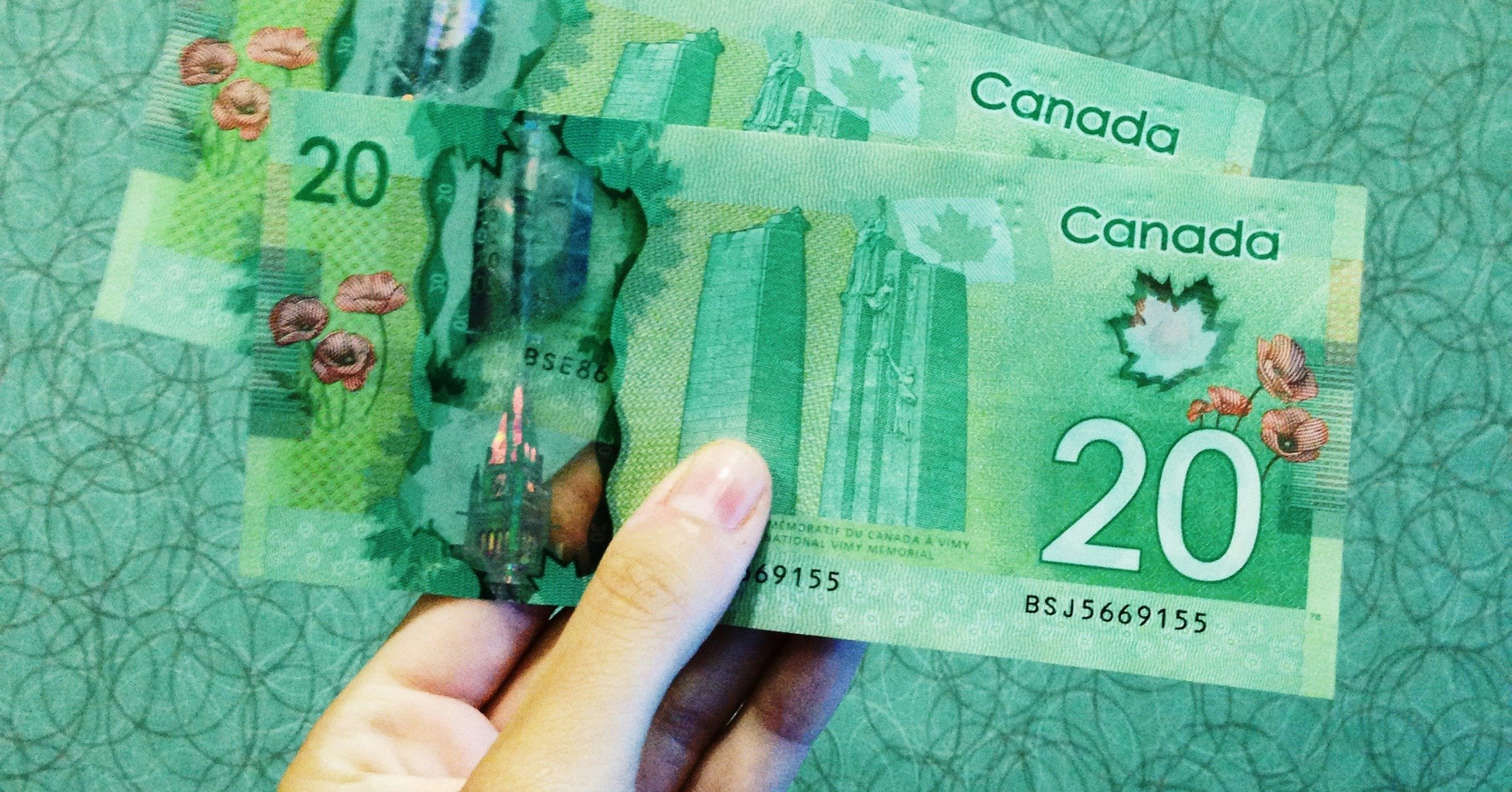
First, What is a Down Payment?
A down payment is the part of a home's purchase price that you pay upfront in cash. It is your initial equity in the property. A down payment is a requirement to secure a mortgage.
The size of your down payment influences your mortgage amount, mortgage insurance, and the overall cost of borrowing money to buy your home.
Requirements in Ontario
In Ontario, the minimum down payment needed to buy a home will change based on the price.
For homes priced at $500,000 or less, the minimum down payment is 5% of the purchase price. For homes priced between $500,000 and $1 million, the minimum down payment is 5% of the first $500,000 and 10% of the amount above $500,000. For homes priced over $1 million, the minimum down payment is 20% of the entire purchase price.
Mortgage Insurance
If your down payment is less than 20% of the purchase price, you’ll be required to carry mortgage default insurance. This insurance protects the lender in case you default on your loan. Mortgage insurance adds to the cost of your mortgage, but it gives those of us with smaller down payments, a shot at homeownership.
Down Payment vs. Deposit
When you begin looking for a home, you’ll inevitably interact with a REALTOR®. A good REALTOR® should suggest you prepare your deposit. But what is a deposit, and how do I prepare for it?
A deposit is an amount of money paid via bank draft when you secure an offer on a home. Deposits are made with offers to show the seller that you’re serious about buying the home. Typically, the larger the deposit the more favourable, and while there is no standard deposit amount, a good target is about 5% of the offered price. This amount is held in a real estate trust account and is later applied towards your down payment at closing.
In contrast, the down payment is the larger sum that includes the deposit and is typically required by the lender to secure the mortgage.
But how do you prepare for the deposit? Don’t I just need the savings?
Well yes, but there is some preparation for some folks.
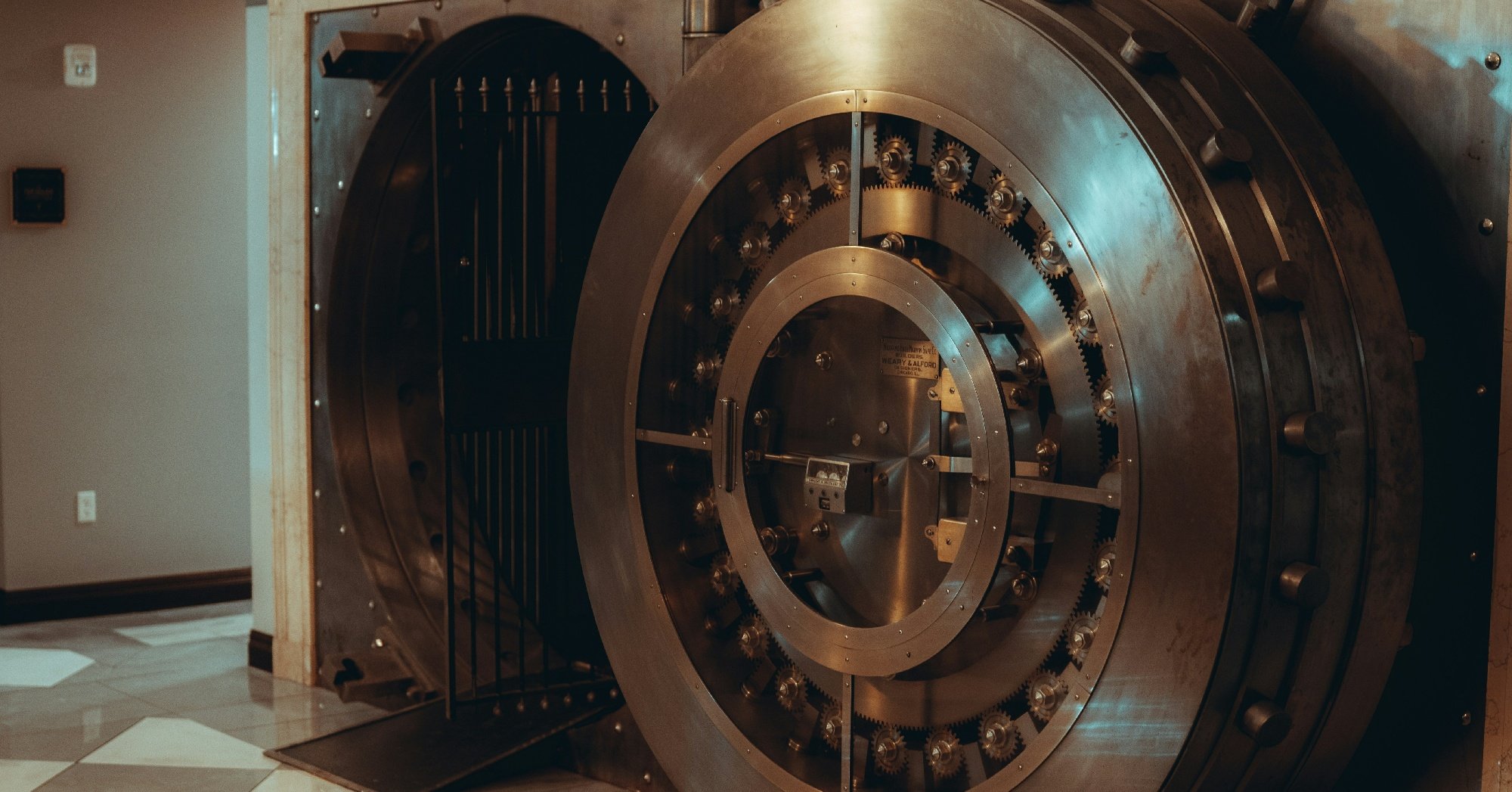
Preparing for a Deposit
Without preparation, you could cost yourself your new home, and after all the work you went through, that’s the last thing you need.
I’ve personally seen deals evaporate because of this one little pitfall.
Before you shop for your new home, make sure your deposit is liquid.
That’s right, if you have an RRSP, TFSA, stocks, bonds, inheritance, or any other investments, please ensure you process your withdrawals into your chequing account before you go shopping for a home.
When you find a home, and place a successful offer on it, you’ll have 24 hours to get the deposit to the listing brokerage. Sellers, listing agents, and listing brokerages do not like to wait for deposits.
Warning: Direct Banks
Direct banks are banks that offer services via phone, internet, apps, and electronically. Think Tangerine, Simplii, Wise, EQ, etc.
These banks are notorious for making simple everyday banking transactions extremely difficult. Tangerine, for instance, takes 14 days (about 2 weeks) to produce a bank draft. When you’re buying a home, you won’t have 14 days to wait for a bank draft.
Make preparations before you shop for a home, to have your money in a bank so that you can pull a bank draft the same day your offer is accepted.

How Down Payments Affect Mortgages
The size of your down payment has a significant impact on your mortgage. A larger down payment reduces your loan amount, which leads to lower monthly payments, less interest paid over the life of the mortgage, and potentially avoiding mortgage insurance premiums. It can also influence the mortgage rates offered to you. Larger down payments often secure more favourable rates.
Lower Loan-to-Value Ratio: A higher down payment means borrowing less, thus lowering the loan-to-value (LTV) ratio. A lower LTV ratio is less risky for lenders and can result in better mortgage terms.
Reduced Monthly Payments: With a smaller mortgage principal, your monthly payments will be lower, making the mortgage more manageable over the long term.
Interest Savings: A smaller mortgage amount means less interest paid over the life of the loan, leading to major savings.
Mortgage Default Insurance: For down payments below 20%, the cost of mortgage default insurance will be added to your mortgage amount, increasing your loan balance and potentially your monthly payments.
Strategies for Saving for a Down Payment
Saving for a down payment is one of the biggest financial challenges many people face, particularly in an expensive urban market like Toronto. However, with determination, careful planning, and the right strategies, saving funds to buy a home is possible.
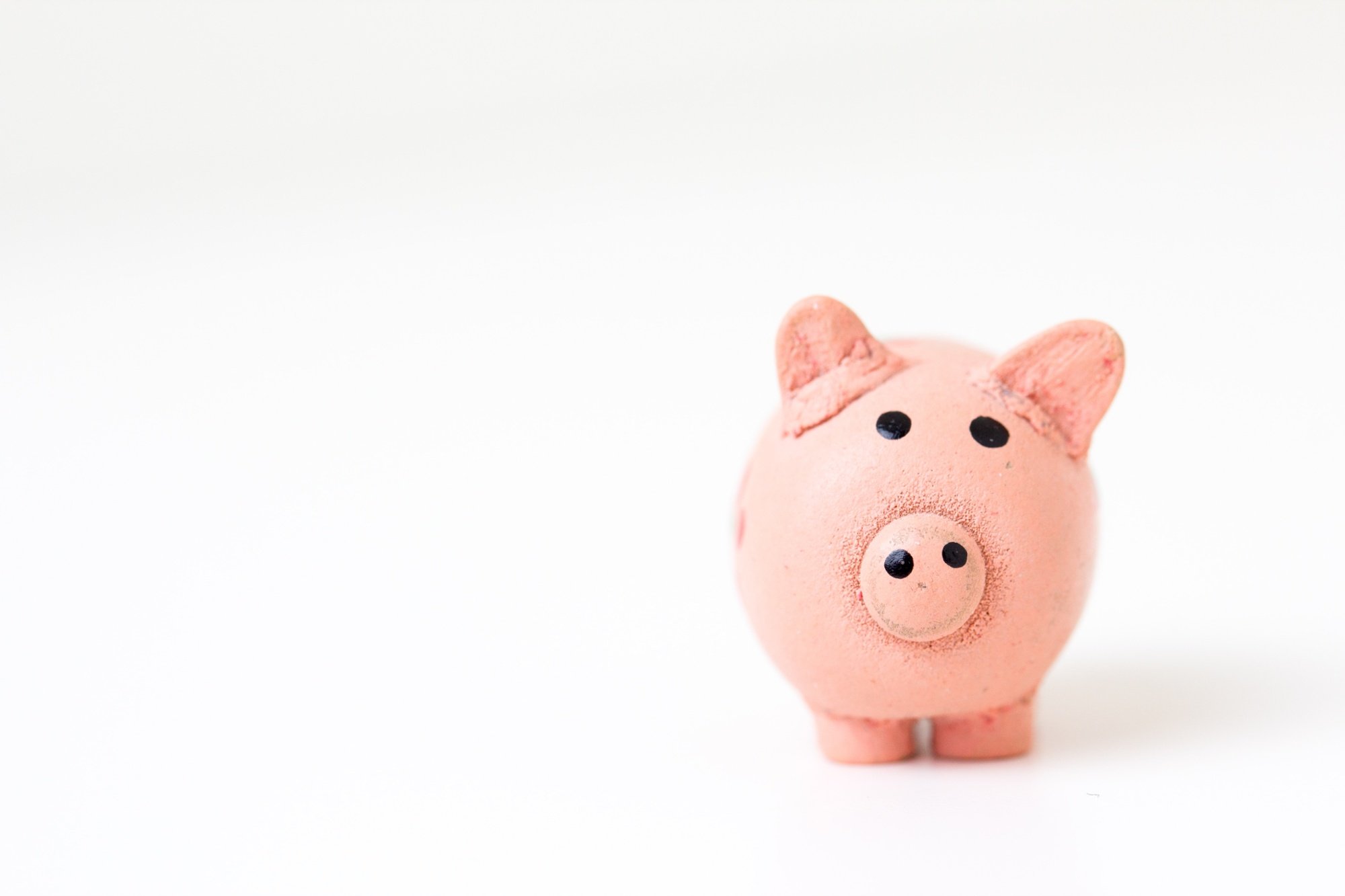
Budgeting and Saving
Analyze Your Finances
The first step in saving for a down payment is to take a close look at your current financial situation. This means tracking your income and expenses to identify where you can cut and how much you can realistically save each month.
This alone can be a very eye-opening exercise for a lot of us. The amount of money people have wrapped up in digital subscriptions, daily coffee, eating out for lunch, and going out on the weekends is typically much more than they expect.
Set a Realistic Savings Goal
Based on your financial analysis, decide a savings goal that aligns with your target property. Your goal should be attainable within your timeframe.
Create a Dedicated Savings Plan
Once you have a goal, create a budget that prioritizes saving for your down payment. This might mean reducing discretionary spending, such as dining out, vacations, or online purchases. Yep, sorry you might need to cut that Amazon habit.
Use Financial Tools
Budgeting apps or monetary management software can be a game changer. These tools can help you track your spending, set saving goals, and alert you when you deviate.
High-Interest Savings Accounts or TFSA
High-Interest Savings Accounts
A high-interest savings account offers a higher interest rate than a standard savings account, allowing your money to grow faster. These accounts are typically accessible, ensuring you can withdraw your funds when you're ready to make a purchase.
Tax-Free Savings Account (TFSA)
A TFSA is an attractive option for saving for a down payment in Canada. Contributions to a TFSA are not tax-deductible, but the investment income earned in the account, including interest, dividends, and capital gains, is tax-free, even when withdrawn.
Regular Contributions
Whether you choose a high-interest savings account, a TFSA, or both, make regular contributions. Consider setting up automatic transfers from your checking account to your savings account right after each payday.
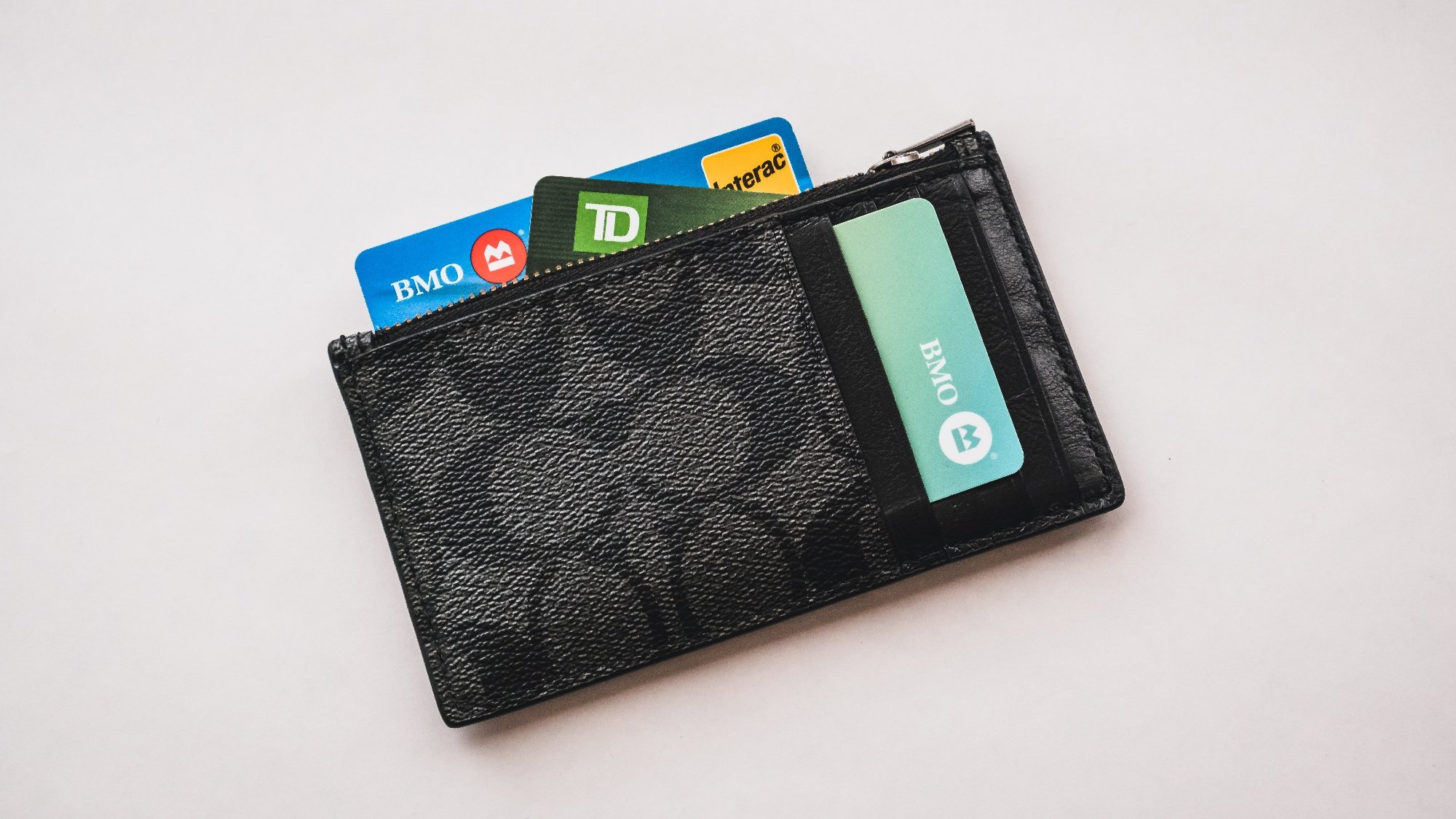
Additional Tips
Cut Down on High-Interest Debt
High-interest debts, such as credit card balances, can significantly hinder your ability to save. Focus on paying down these debts to free up more money for your down payment.
Explore Side Hustles or Part-Time Work
Consider taking on added work or a side hustle to boost your income specifically for your down payment fund. Jobs like Uber, Uber Eats, Door Dash, and others like it are excellent ways to work on your own schedule and bank a little extra cash.
Review Your Savings Progress Regularly
Regularly check your progress towards your savings goal. This not only keeps you motivated but also allows you to adjust your strategy if you’re not saving as quickly as you had hoped.
Conclusion
Embarking on the journey of homeownership in Ontario, armed with a deeper understanding of down payments, positions you for success. With this knowledge, you're prepared; you're empowered.
As you walk this road, remember that each step towards saving for your down payment is a stride towards your dream home.
Stay focused, stay informed, and soon, you'll be opening the door to a property you can call your own.
Categories
Recent Posts
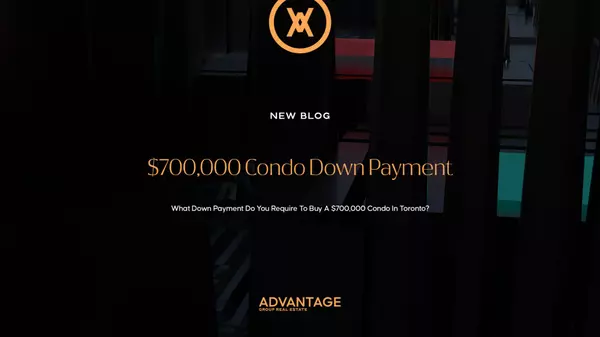
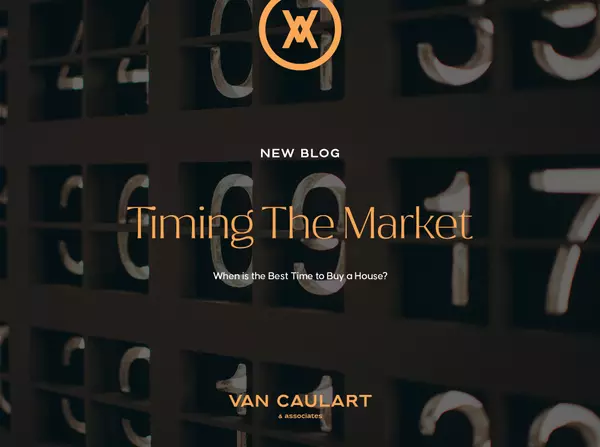
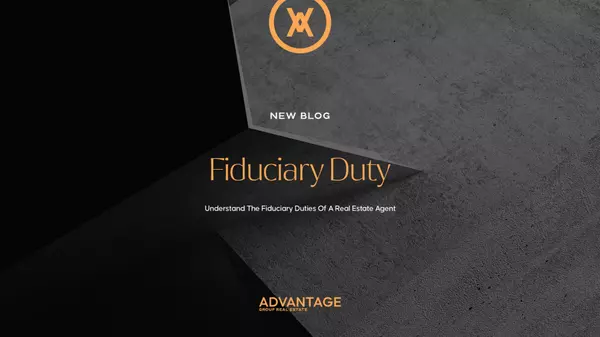
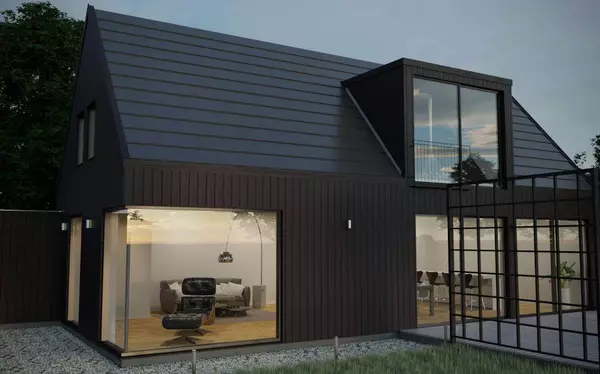


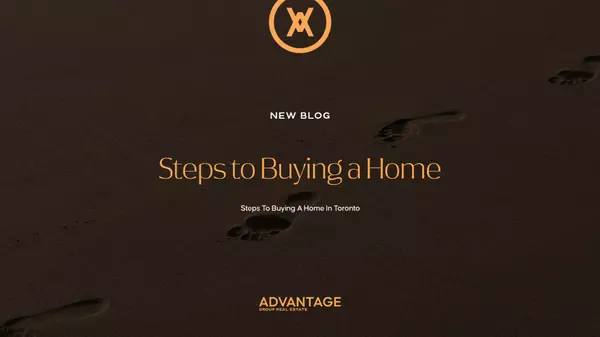
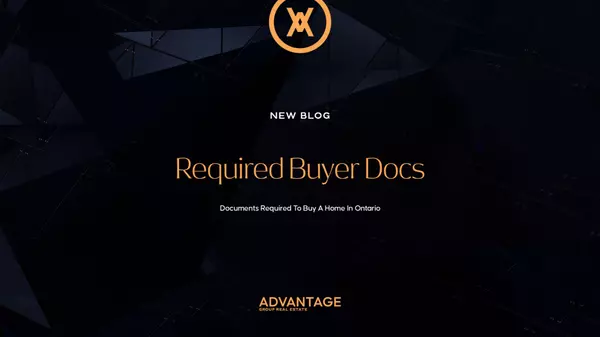
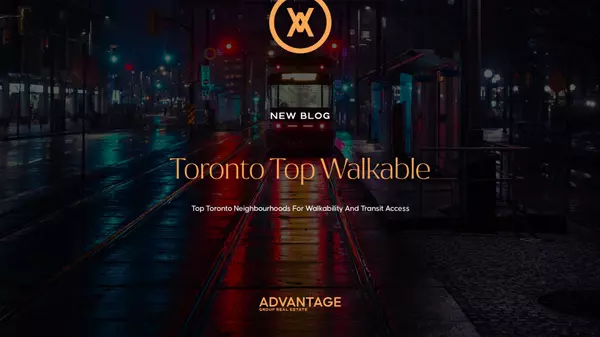
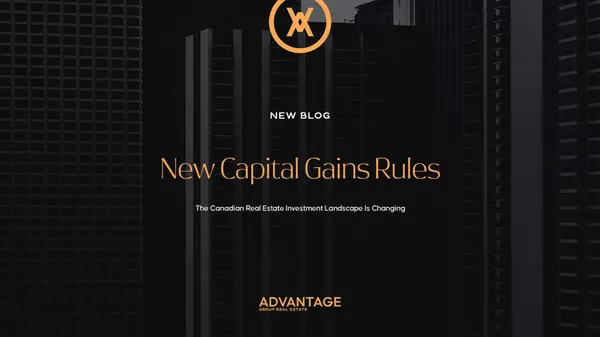

"My job is to find and attract mastery-based agents to the office, protect the culture, and make sure everyone is happy! "

